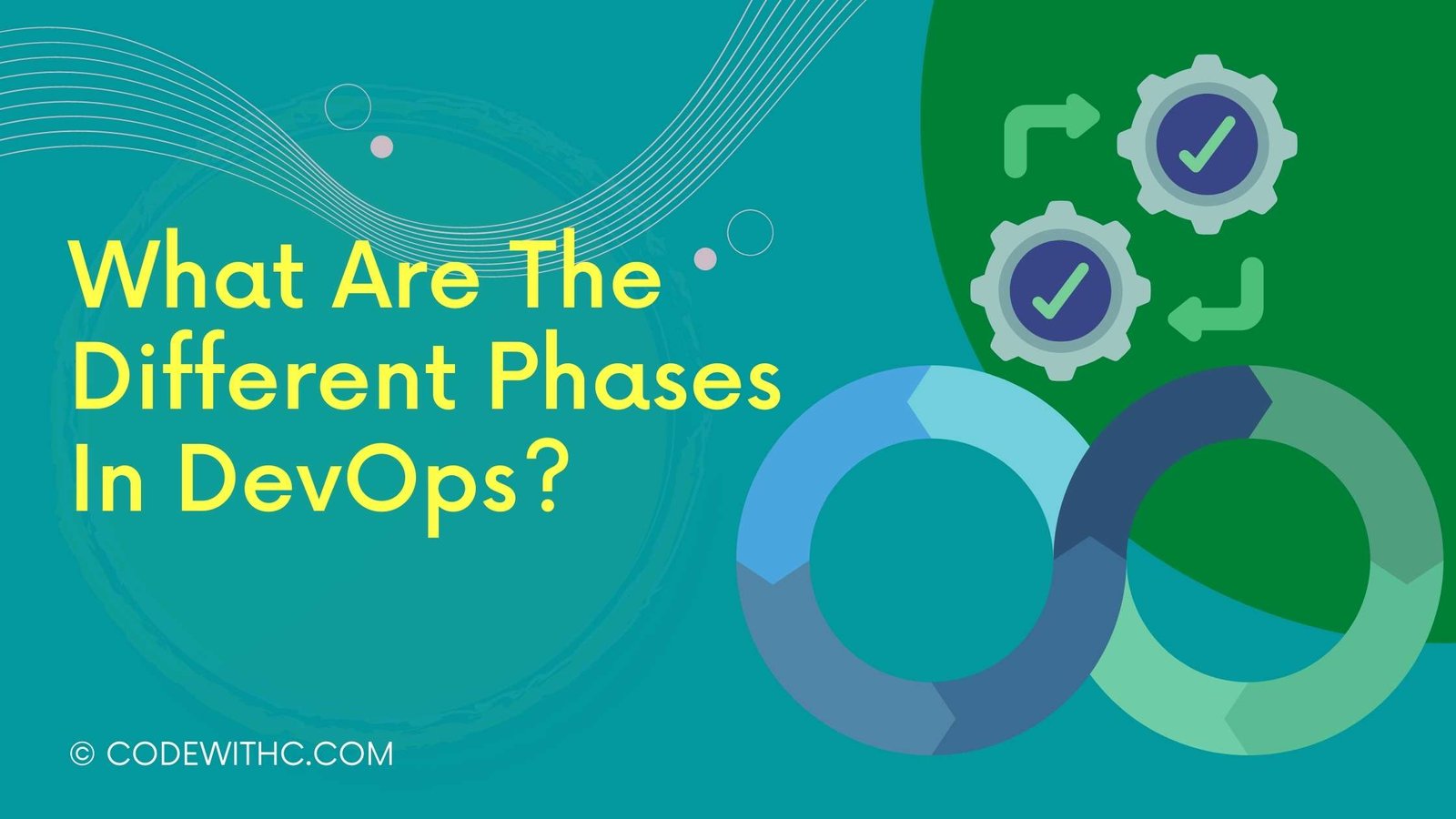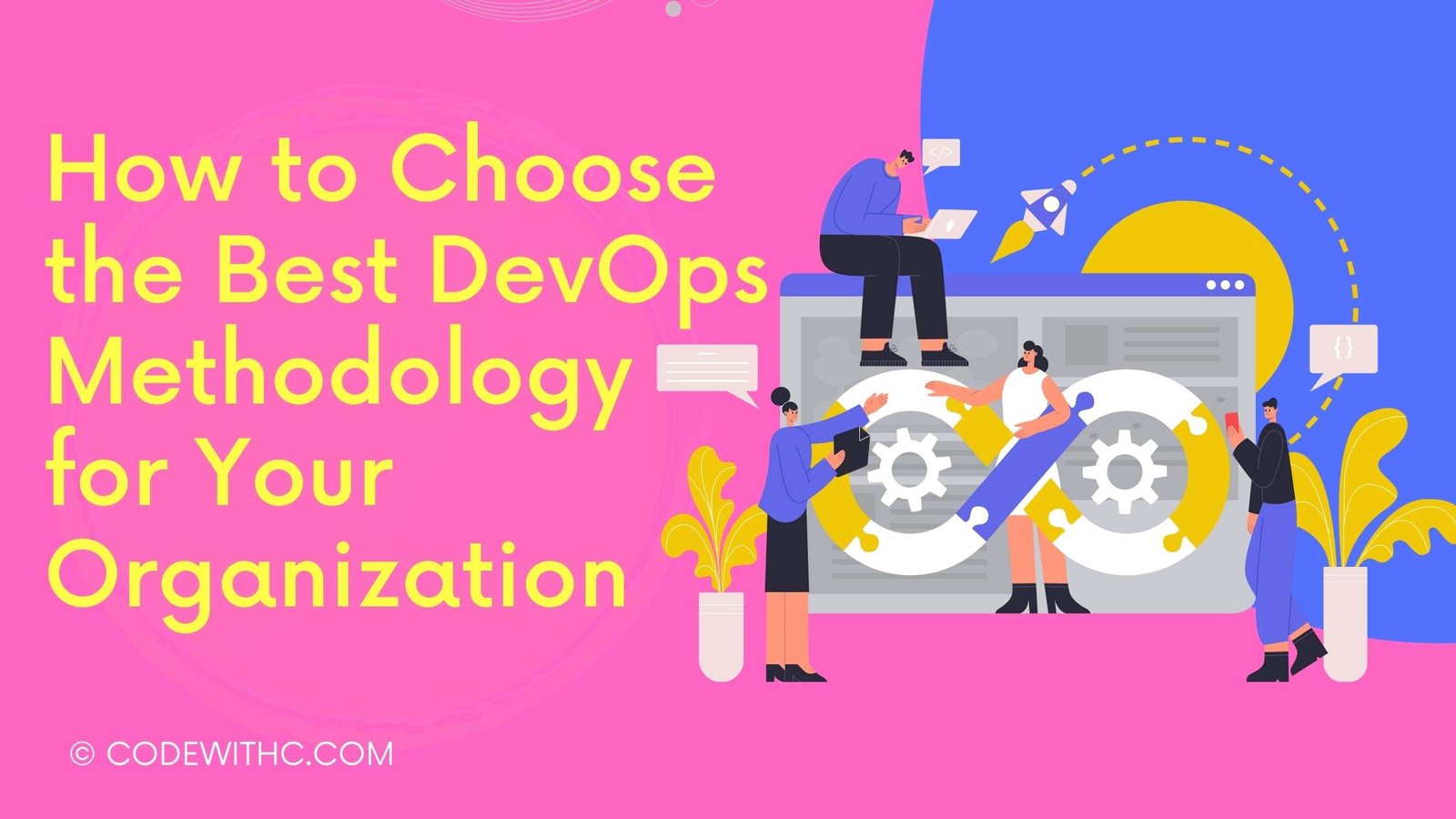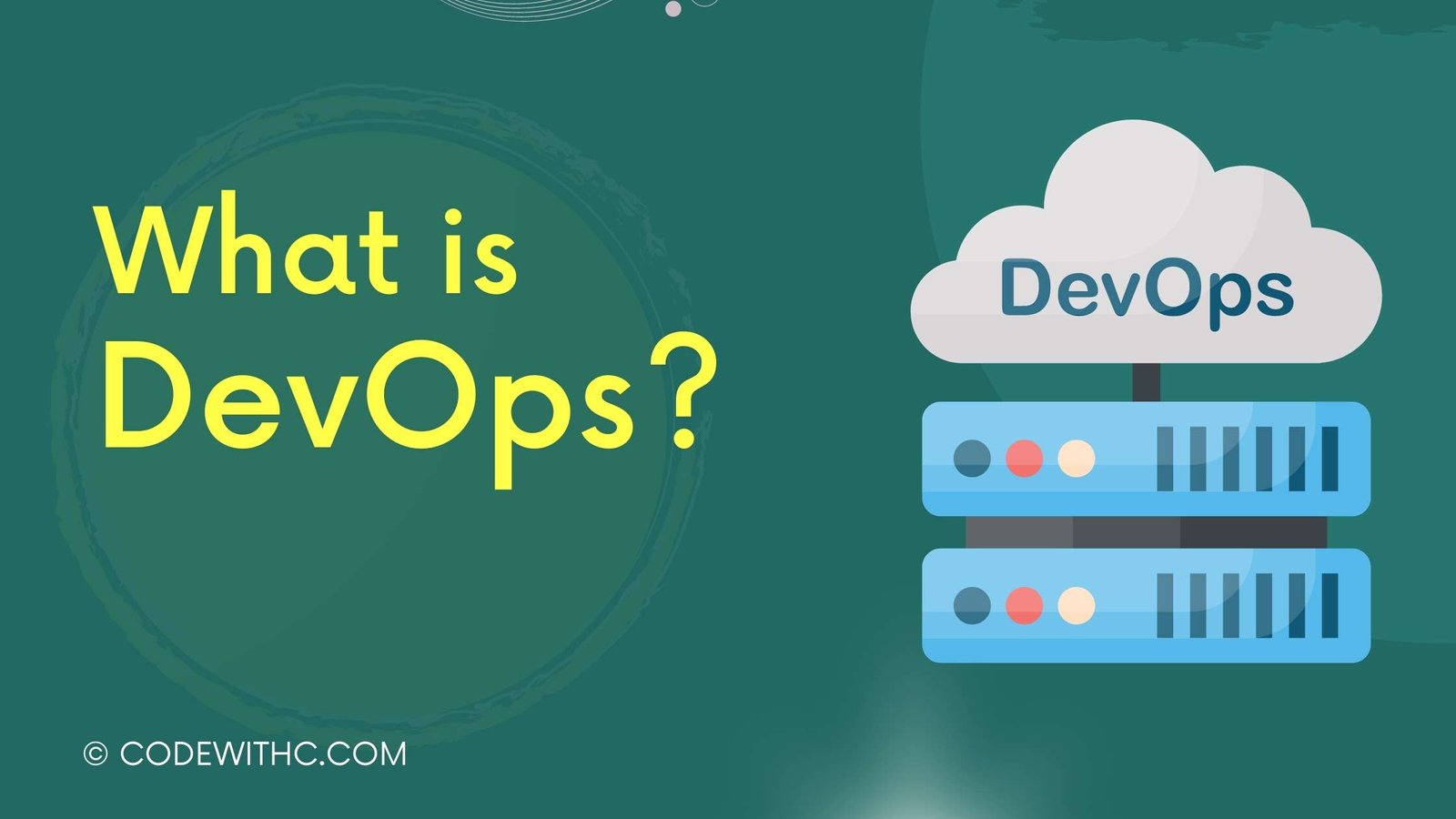Why Has DevOps Gained Popularity Over the Past Few Years?
DevOps is a movement that brings together software development and IT operations.…
What Are The Different Phases In DevOps?
DevOps is a software development methodology that seeks to ensure the process…
How to Choose the Best DevOps Methodology for Your Organization
Choosing a DevOps methodology is never easy, and there are plenty of…
What is the basic premise of DevOps?
The basic premise of DevOps is that operations and development should be…
What is DevOps?
DevOps is a combination of software development and operations. DevOps is about…




